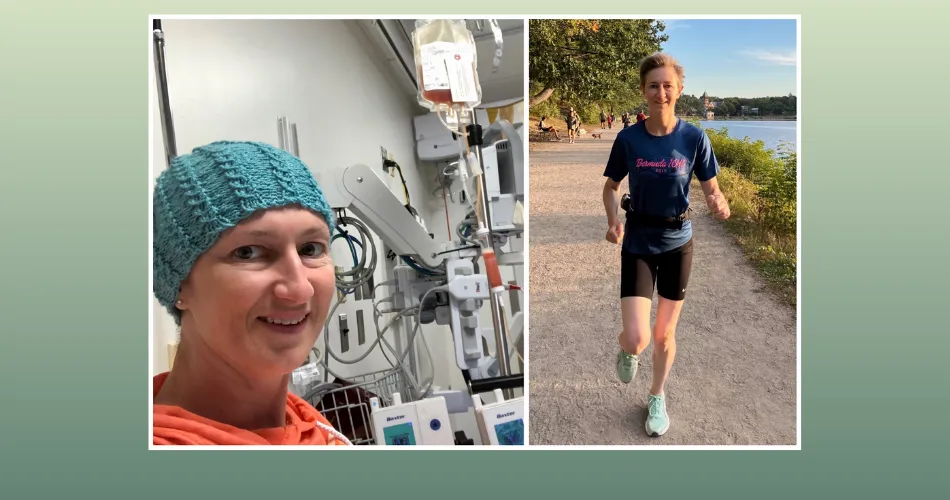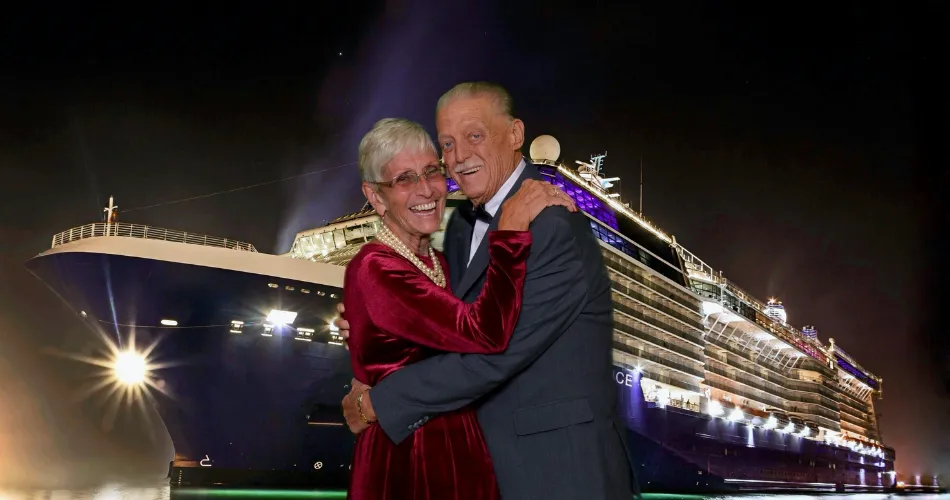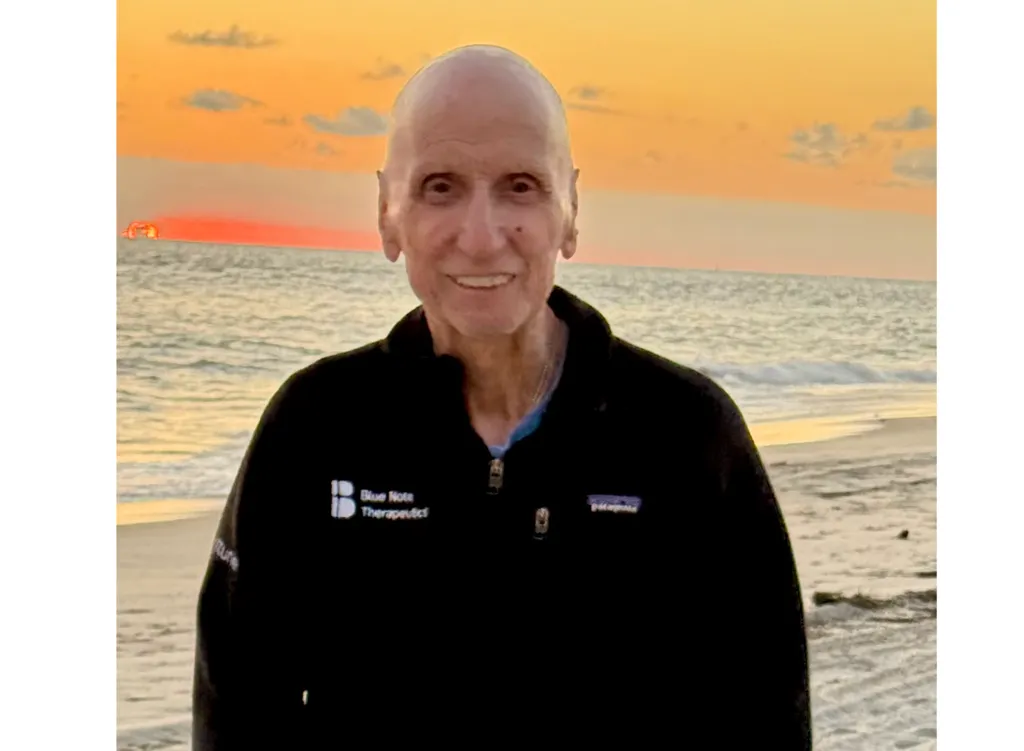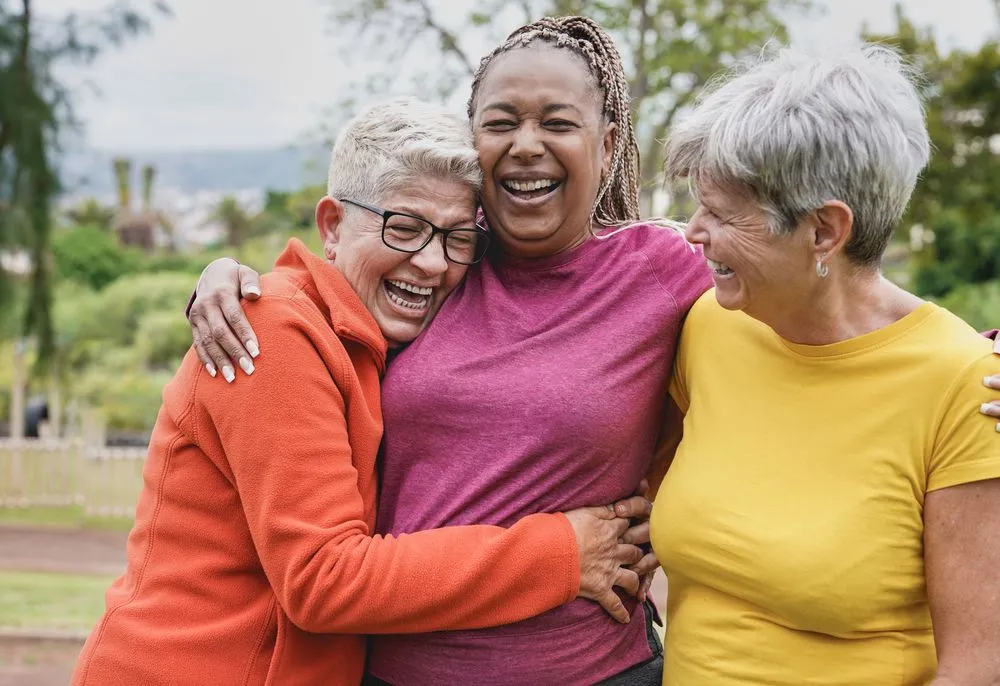James' Journey with AML: A Story of Resilience and Acceptance
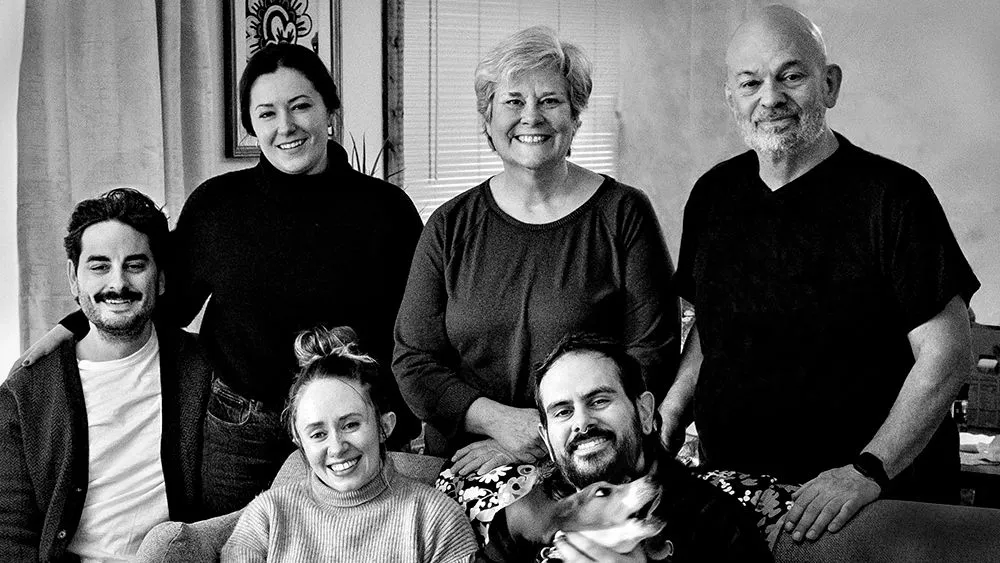
The Diagnosis: A Sudden and Life-Altering Moment
In 2014, at the age of 59, James received a diagnosis that would change his life forever: acute myeloid leukemia (AML). A sore throat on a Thursday quickly progressed to severe fatigue. Within days, James could no longer climb stairs, and by the end of the week, he was hospitalized. His doctor, with a compassionate but serious expression, delivered the life-altering news: “Mr. Visser, you have AML. We need to start treatment immediately. We’ll begin treatment tonight.”
James described the experience as if he had been “t-boned by a semi-truck” at an intersection. His life, which included a 35-year career as a freelance photographer, was suddenly thrown into chaos. The weight of the diagnosis was immense, especially as his white blood cell count soared to dangerous levels, causing leukostasis—a condition that made his blood "sticky" and impacted his breathing and ability to move. Even his cognitive function had begun to decline, something his wife, Lynn, noticed before he did.
Despite the overwhelming circumstances, James found solace in the professionalism of his healthcare team. It was clear to James that his doctors had been here before, aware that they had just pulled the rug out from under his feet.
Understanding AML: A Complex Disease
Most people have heard of leukemia, but James quickly realized that few truly understand what it entails. He learned firsthand how complex both the disease and its treatment were.
AML was no longer an abstract term; it was now an intimate part of James’s life. He had always been one to educate himself, and within a week, he and his wife dove into learning about AML, the necessary treatments, and what lay ahead. As promised, his treatment began immediately after his hospitalization, with a central line inserted into his chest and blood tests becoming routine.
The severity of his condition was daunting, but James trusted his doctors, nurses, and other healthcare staff. They explained the delicate balance between treating AML aggressively while not overdoing it, as the treatments themselves were toxic. His nurse called it “rescue therapy”—pushing James to the brink to pull him back from the cliff's edge. These hospital employees would turn into trusted friends of James and his wife as the weeks passed.
The Journey of Treatment: Stem Cell Transplants and Setbacks
As a photographer, James had many assignments in hospitals capturing moments for publications. Ironically, just before his diagnosis, he had been hired by the American Cancer Society to document a conference at the same hospital where he would now be treated. His work for the healthcare system suddenly took on a new meaning as he found himself as a patient and not behind a camera, now battling one of the blood cancers he had been documenting weeks before.
James's oldest son, Nick, who was in his last year of motorcycle tech school, happily volunteered as his transplant donor. The first transplant, however, ended in graft failure. Despite the setback, James didn’t fret—he again embraced the uncertainty, met it with acceptance, and trusted in his team. His doctor, Dr. Rizwan Romee, reassured him that while the graft failed, it wasn’t a relapse, and the team quickly pivoted to find a new donor.
James was fortunate that Be The Match found a 23-year-old full match from Baton Rouge who donated for his second stem cell transplant in February 2015. James was hospitalized more than 130 days in the 18 months after diagnosis, enduring a whirlwind of treatments, blood transfusions, and constant monitoring. His care team became a lifeline, guiding him through the uncertainty with dedication.
Finding Acceptance Amidst the Struggle
James’s story of resilience was punctuated by moments of acceptance and friendship. One of his most poignant memories was writing a message with Lynn for CaringBridge. He likened his journey to being put in a canoe without a paddle and thrust into white-water rapids with no control over the ride. “I had to rely on my caregivers to keep me from smashing into the rocks or plunging down a waterfall.” This metaphor resonated with his best friend, who sent him a beautiful wooden canoe paddle—a symbol of friendship and strength.
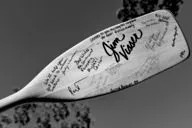
Through these difficult times, James formed a close bond with Dr. Romee. Their relationship extended beyond the hospital, with Dr. Romee sharing a love of cameras and photography. “We talked more about cameras than AML,” James remembers. Even after Dr. Romee moved to Harvard, the two still text, maintaining the personal connection that helped James through the darkest times.
Life with AML: Gratitude and Reflection
Ten years post-transplant, James is doing well. He lives with a bit of graft-versus-host disease, but reflects on the experience with profound gratitude. "I’m not dead yet," he often says, quoting the Monty Python movie, finding humor in the gravity of his situation. He continues to be monitored, knowing that AML is never fully cured, but he faces life with a renewed sense of purpose.
James found solace in helping others. About three and a half years after his transplant, he started visiting newly diagnosed AML patients in the hospital, offering peer-to-peer support. He describes this as “life-saving,” both physically and psychologically. Having been in their shoes, he knew the power of connection during such an isolating experience.
James’ Message: Embrace the Ride
James’s advice to others facing similar challenges is to accept what you cannot control and let go. Much like his canoe metaphor, he encourages others to ride the waves, letting go of the fear that can overwhelm them. While the “potential for death was present throughout my bumpy canoe ride, it was never inevitable,” he believes; “it was just part of the ride.”
To explore more inspirational AML patient and caregiver stories, click here: AML Stories and Experiences
The Diagnosis: A Sudden and Life-Altering Moment
In 2014, at the age of 59, James received a diagnosis that would change his life forever: acute myeloid leukemia (AML). A sore throat on a Thursday quickly progressed to severe fatigue. Within days, James could no longer climb stairs, and by the end of the week, he was hospitalized. His doctor, with a compassionate but serious expression, delivered the life-altering news: “Mr. Visser, you have AML. We need to start treatment immediately. We’ll begin treatment tonight.”
James described the experience as if he had been “t-boned by a semi-truck” at an intersection. His life, which included a 35-year career as a freelance photographer, was suddenly thrown into chaos. The weight of the diagnosis was immense, especially as his white blood cell count soared to dangerous levels, causing leukostasis—a condition that made his blood "sticky" and impacted his breathing and ability to move. Even his cognitive function had begun to decline, something his wife, Lynn, noticed before he did.
Despite the overwhelming circumstances, James found solace in the professionalism of his healthcare team. It was clear to James that his doctors had been here before, aware that they had just pulled the rug out from under his feet.
Understanding AML: A Complex Disease
Most people have heard of leukemia, but James quickly realized that few truly understand what it entails. He learned firsthand how complex both the disease and its treatment were.
AML was no longer an abstract term; it was now an intimate part of James’s life. He had always been one to educate himself, and within a week, he and his wife dove into learning about AML, the necessary treatments, and what lay ahead. As promised, his treatment began immediately after his hospitalization, with a central line inserted into his chest and blood tests becoming routine.
The severity of his condition was daunting, but James trusted his doctors, nurses, and other healthcare staff. They explained the delicate balance between treating AML aggressively while not overdoing it, as the treatments themselves were toxic. His nurse called it “rescue therapy”—pushing James to the brink to pull him back from the cliff's edge. These hospital employees would turn into trusted friends of James and his wife as the weeks passed.
The Journey of Treatment: Stem Cell Transplants and Setbacks
As a photographer, James had many assignments in hospitals capturing moments for publications. Ironically, just before his diagnosis, he had been hired by the American Cancer Society to document a conference at the same hospital where he would now be treated. His work for the healthcare system suddenly took on a new meaning as he found himself as a patient and not behind a camera, now battling one of the blood cancers he had been documenting weeks before.
James's oldest son, Nick, who was in his last year of motorcycle tech school, happily volunteered as his transplant donor. The first transplant, however, ended in graft failure. Despite the setback, James didn’t fret—he again embraced the uncertainty, met it with acceptance, and trusted in his team. His doctor, Dr. Rizwan Romee, reassured him that while the graft failed, it wasn’t a relapse, and the team quickly pivoted to find a new donor.
James was fortunate that Be The Match found a 23-year-old full match from Baton Rouge who donated for his second stem cell transplant in February 2015. James was hospitalized more than 130 days in the 18 months after diagnosis, enduring a whirlwind of treatments, blood transfusions, and constant monitoring. His care team became a lifeline, guiding him through the uncertainty with dedication.
Finding Acceptance Amidst the Struggle
James’s story of resilience was punctuated by moments of acceptance and friendship. One of his most poignant memories was writing a message with Lynn for CaringBridge. He likened his journey to being put in a canoe without a paddle and thrust into white-water rapids with no control over the ride. “I had to rely on my caregivers to keep me from smashing into the rocks or plunging down a waterfall.” This metaphor resonated with his best friend, who sent him a beautiful wooden canoe paddle—a symbol of friendship and strength.

Through these difficult times, James formed a close bond with Dr. Romee. Their relationship extended beyond the hospital, with Dr. Romee sharing a love of cameras and photography. “We talked more about cameras than AML,” James remembers. Even after Dr. Romee moved to Harvard, the two still text, maintaining the personal connection that helped James through the darkest times.
Life with AML: Gratitude and Reflection
Ten years post-transplant, James is doing well. He lives with a bit of graft-versus-host disease, but reflects on the experience with profound gratitude. "I’m not dead yet," he often says, quoting the Monty Python movie, finding humor in the gravity of his situation. He continues to be monitored, knowing that AML is never fully cured, but he faces life with a renewed sense of purpose.
James found solace in helping others. About three and a half years after his transplant, he started visiting newly diagnosed AML patients in the hospital, offering peer-to-peer support. He describes this as “life-saving,” both physically and psychologically. Having been in their shoes, he knew the power of connection during such an isolating experience.
James’ Message: Embrace the Ride
James’s advice to others facing similar challenges is to accept what you cannot control and let go. Much like his canoe metaphor, he encourages others to ride the waves, letting go of the fear that can overwhelm them. While the “potential for death was present throughout my bumpy canoe ride, it was never inevitable,” he believes; “it was just part of the ride.”
To explore more inspirational AML patient and caregiver stories, click here: AML Stories and Experiences

about the author
Audrey Burton-Bethke
Audrey is a content writer and editor for the HealthTree Foundation. She originally joined the HealthTree Foundation in 2020. Audrey loves spending time with her supportive husband, energetic four-year-old, and new baby.
More on Patient Stories
Get the Latest Leukemia Updates, Delivered to You.
By subscribing to the HealthTree newsletter, you'll receive the latest research, treatment updates, and expert insights to help you navigate your health.
Together we care.
Together we cure.
3x Faster.
